Lexus UX 250h drives the marque’s sustainable ethos forwards
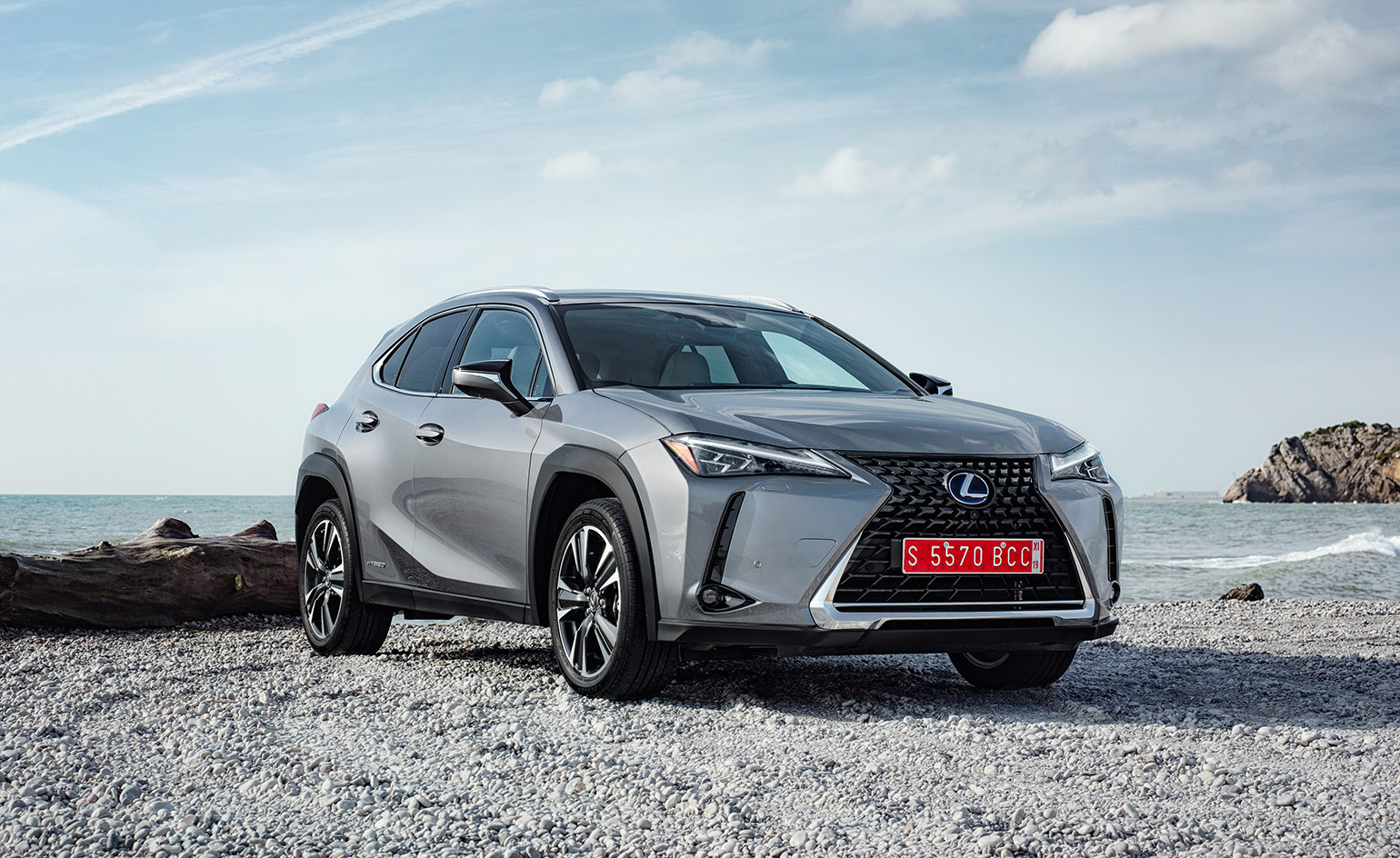
A decade or so ago, the traditional car industry was still being rather shy in its approach to sustainability. Some of the more progressive designers have long been active behind the scenes, yet it took the fear of strict legislation, and the spark from Tesla’s success in particular, to truly challenge frontiers.
Against this background, Lexus has been leading a quiet ecological revolution. This is a company that tends not to shout too loud. In 1989, when Toyota first introduced its luxury arm, a single consumer complaint led to a special service campaign, marking Lexus as a customer-focused brand. In 2004, the marque became one of the first to invest in hybrid-electric powertrains, debuting the efficient technology in the world’s original luxury hybrid the RX 400h, and then three years later in the first V8 hybrid LS 600hL.
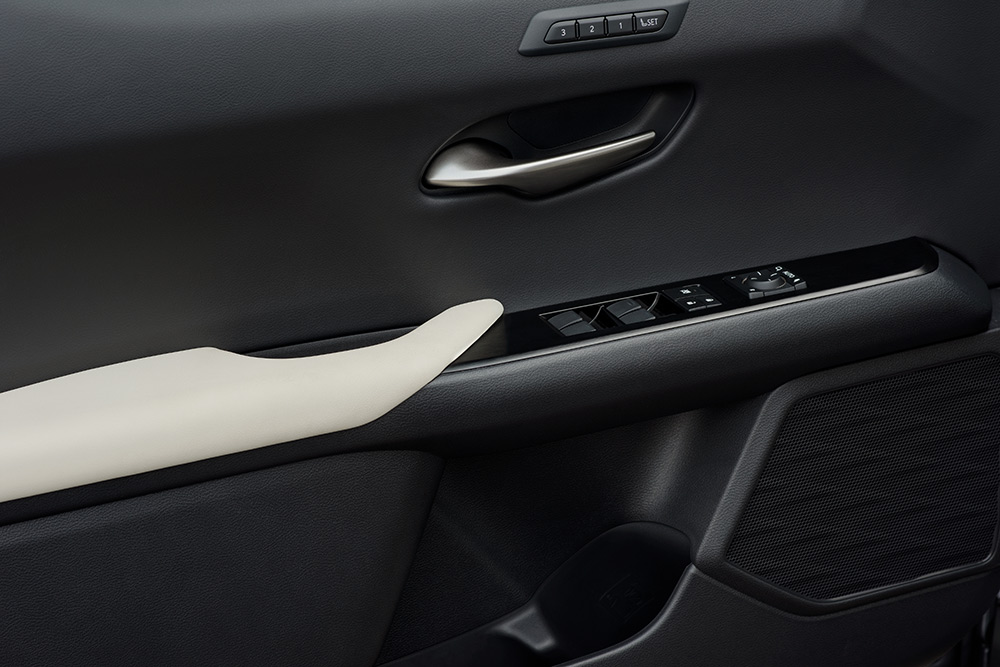
The UX is the latest product to join the Lexus hybrid family to be its smallest SUV. Lexus has been delivering premium sports utilities for some 24 years, and although our roads are congested with crossovers of all shapes and sizes, the genre’s popularity is ever-growing, especially with more compact products like this. Adding a hybrid engine to an SUV, of course, makes perfect marketing sense.
The name is a take on ‘urban crossover’, alluding to the car’s appeal for urbanites and younger buyers. This UX 250h hybrid model pairs a 2.0-litre engine with the fourth-generation Lexus battery hybrid power. The marque refers to the UX as self-charging – referencing the additional conventional engine which eliminates the need for finding a charge mid-travel. It is a clever play on words, since Lexus will continue to concentrate on its hybrid technology with the view of entering the fully electric car market in the near future.
To drive the UX is difficult to fault. You sit a little high, although the ergonomics are sound. The car feels happiest in the city, riding at moderate speeds and quietly. The engine switches smoothly from petrol to electric which you can monitor on the digital display. The car will accelerate to 62mph in 8.5-seconds, while its top speed is electronically controlled at 110mph. There is an electronic CVT transmission, and a choice of front-wheel drive and the optional E-Four system, which diverts some of the drive to the rear wheels when extra traction is needed. Crucially, the car claims an average of 42.8mpg and emissions of 131g/km of CO2, numbers which rise to 35.6mpg and 157g/km with the 18-inch alloyed F-Sport model.
RELATED STORY
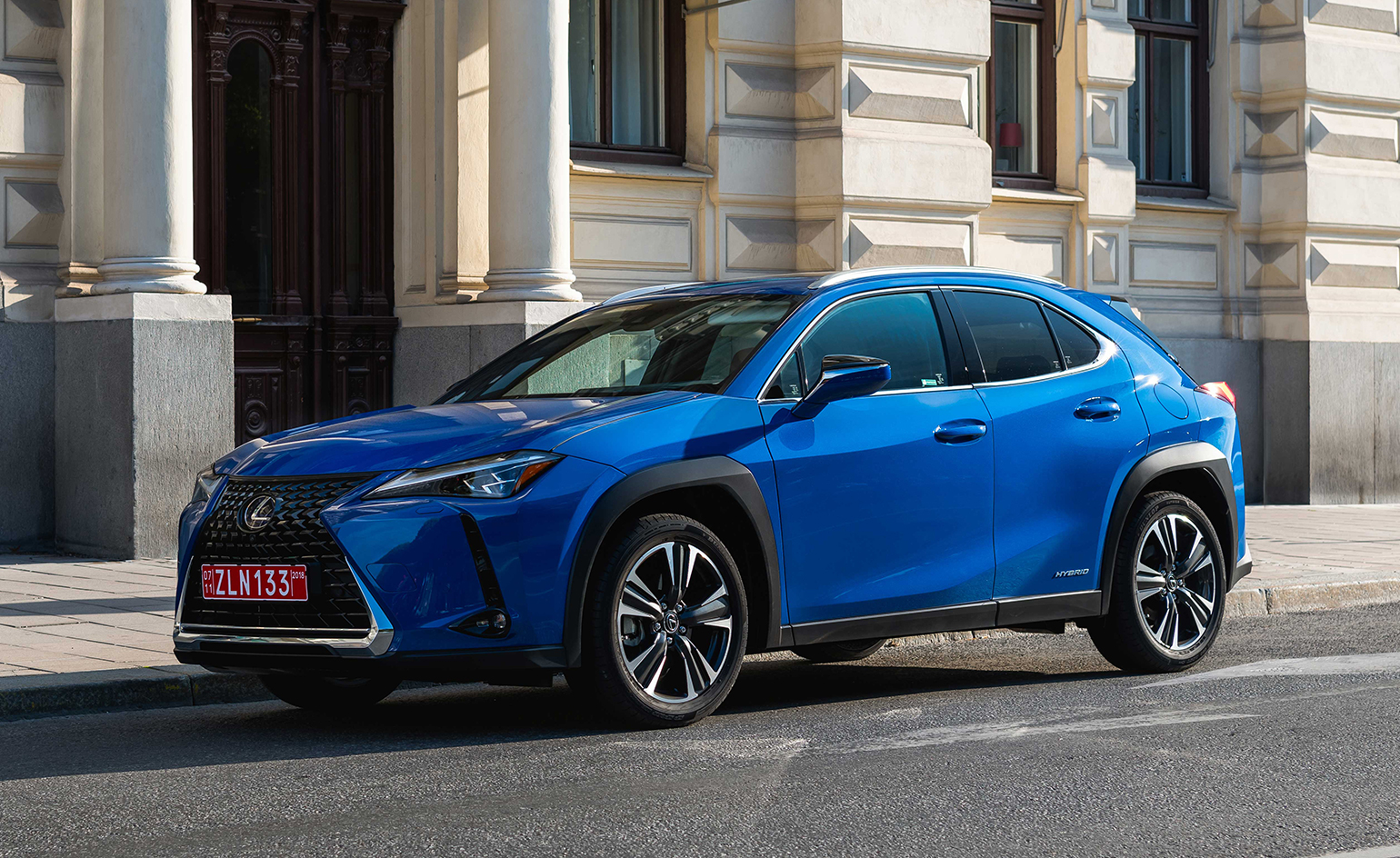
Like the Mercedes GLA, the UX continues the trend in adapting the tall hatchback vernacular. In the past, Lexus struggled to find a distinct visual voice, and there is still a certain earnestness to its current ‘L-finesse’ design theme. In the UX, it manifests in a more subtle take on the distinctive spindle grille with its block-shape mesh pattern, introduced in the LF-Gh concept eight years ago and subsequently the face of all Lexus cars.
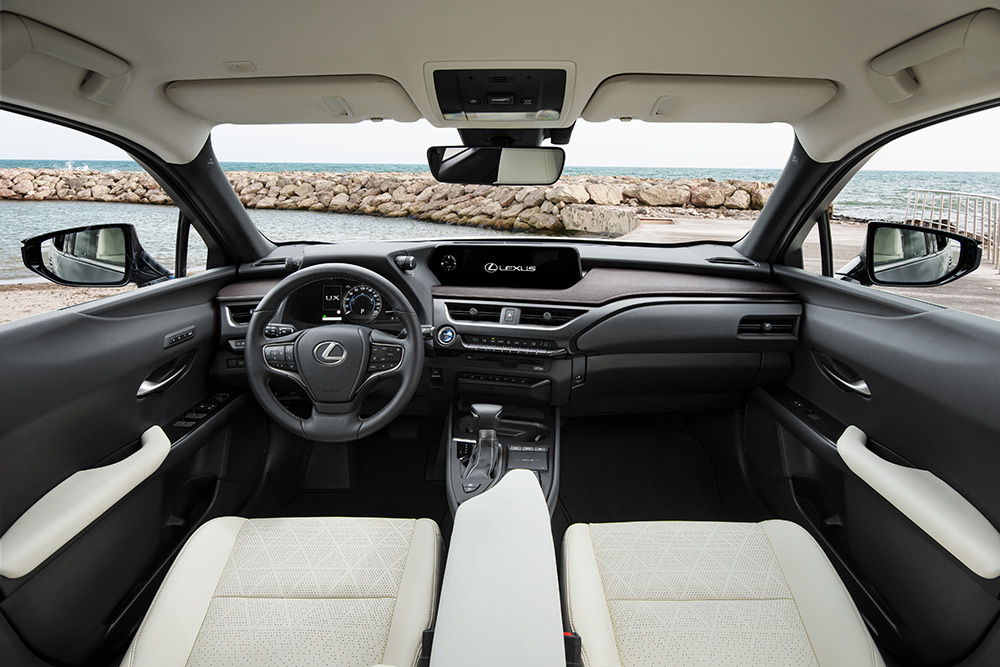
The cabin is bright, light and, essential for a hybrid, quiet with the upper deck of the instrument panel appearing to be extending out and beyond the windshield, a take from the architectural concept of ‘engawa’ – blurring the boundary between inside and out. The UX offers a high spec of advanced technology, including the company’s latest navigation and a clear graphic head-up-display as well as Amazon Alexa. On higher trim levels, it is also a gallery of sorts for presenting the intricate Takumi artisan skills of the handful of craftspeople who bring with them over twenty-five years of experience. Whereas the flagship LS saloon we drove last year is treated to all the Takumi delicacies, the UX gets teaser elements – material treatments on the dashboard, washi paper inspired trims, and crafted seats. Finally, the UX can be ordered with a Mark Levinson audio system and a sunroof.
For Lexus, the UX is a crucial product in Europe. In the UK alone, the firm says some 80 per cent of buyers are expected to be new to the marque. With its practical credentials, ecological flavour and quiet presence, this is certainly a possibility. There is also enough unusual styling for the UX to maintain its individuality on the road.
INFORMATION
Lexus UX, from £29,900, available from March. For more information, visit the Lexus website
Receive our daily digest of inspiration, escapism and design stories from around the world direct to your inbox.
A writer and editor based in London, Nargess contributes to various international publications on all aspects of culture. She is editorial director on Voices, a US publication on wine, and has authored a few lifestyle books, including The Life Negroni.
-
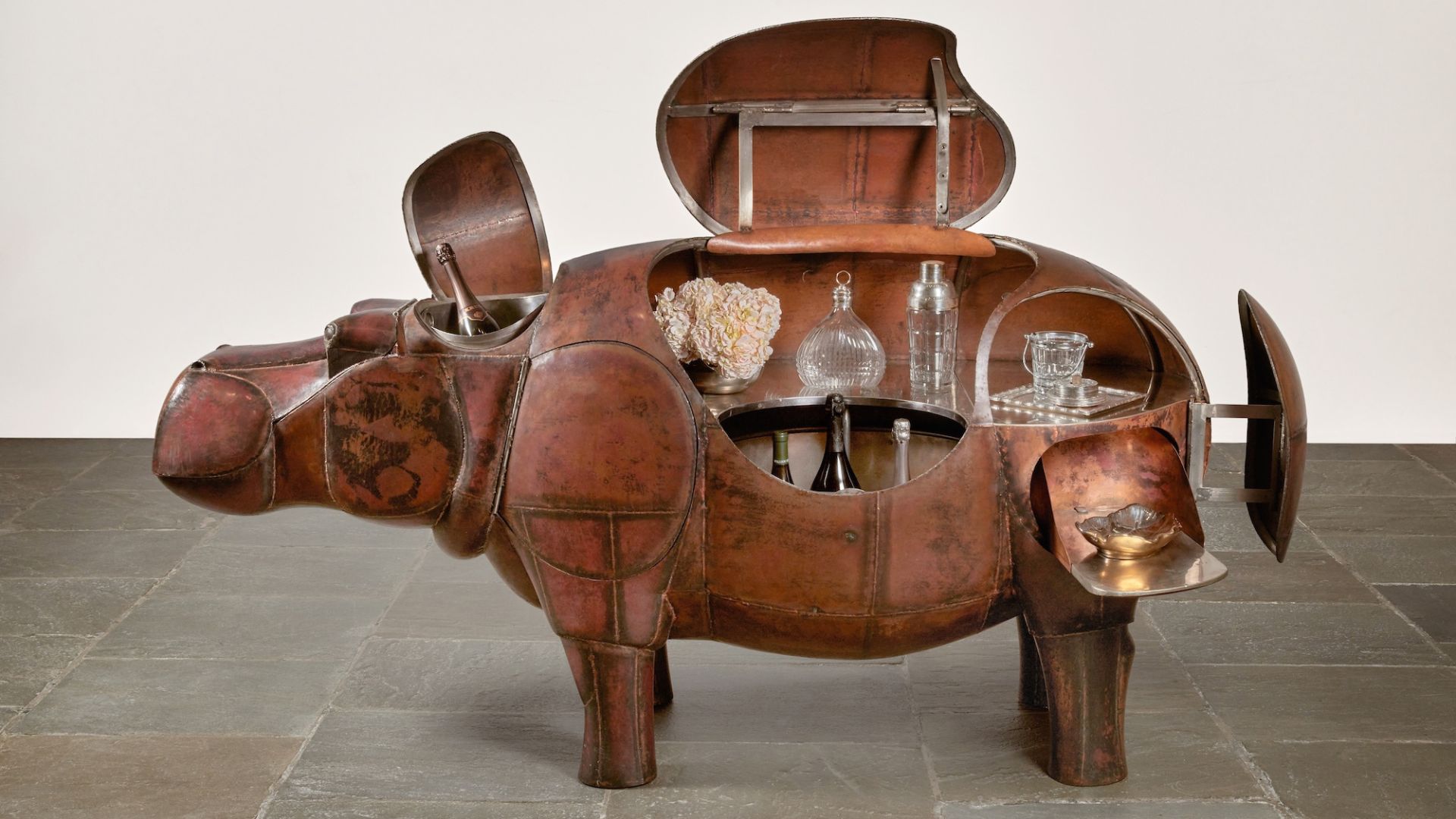 At $31.4 million, this Lalanne hippo just smashed another world auction record at Sotheby’s
At $31.4 million, this Lalanne hippo just smashed another world auction record at Sotheby’sThe jaw-dropping price marked the highest-ever for a work by François-Xavier Lalanne – and for a work of design generally
-
 NYC’s first alcohol-free members’ club is full of spirit
NYC’s first alcohol-free members’ club is full of spiritThe Maze NYC is a design-led social hub in Flatiron, redefining how the city gathers with an alcohol-free, community-driven ethos
-
 Inside Helmut Lang’s fashion archive in Vienna, which still defines how we dress today
Inside Helmut Lang’s fashion archive in Vienna, which still defines how we dress todayNew exhibition ‘Séance de Travail 1986-2005’ at MAK in Vienna puts Helmut Lang’s extraordinary fashion archive on view for the first time, capturing the Austrian designer-turned-artist’s enduring legacy
-
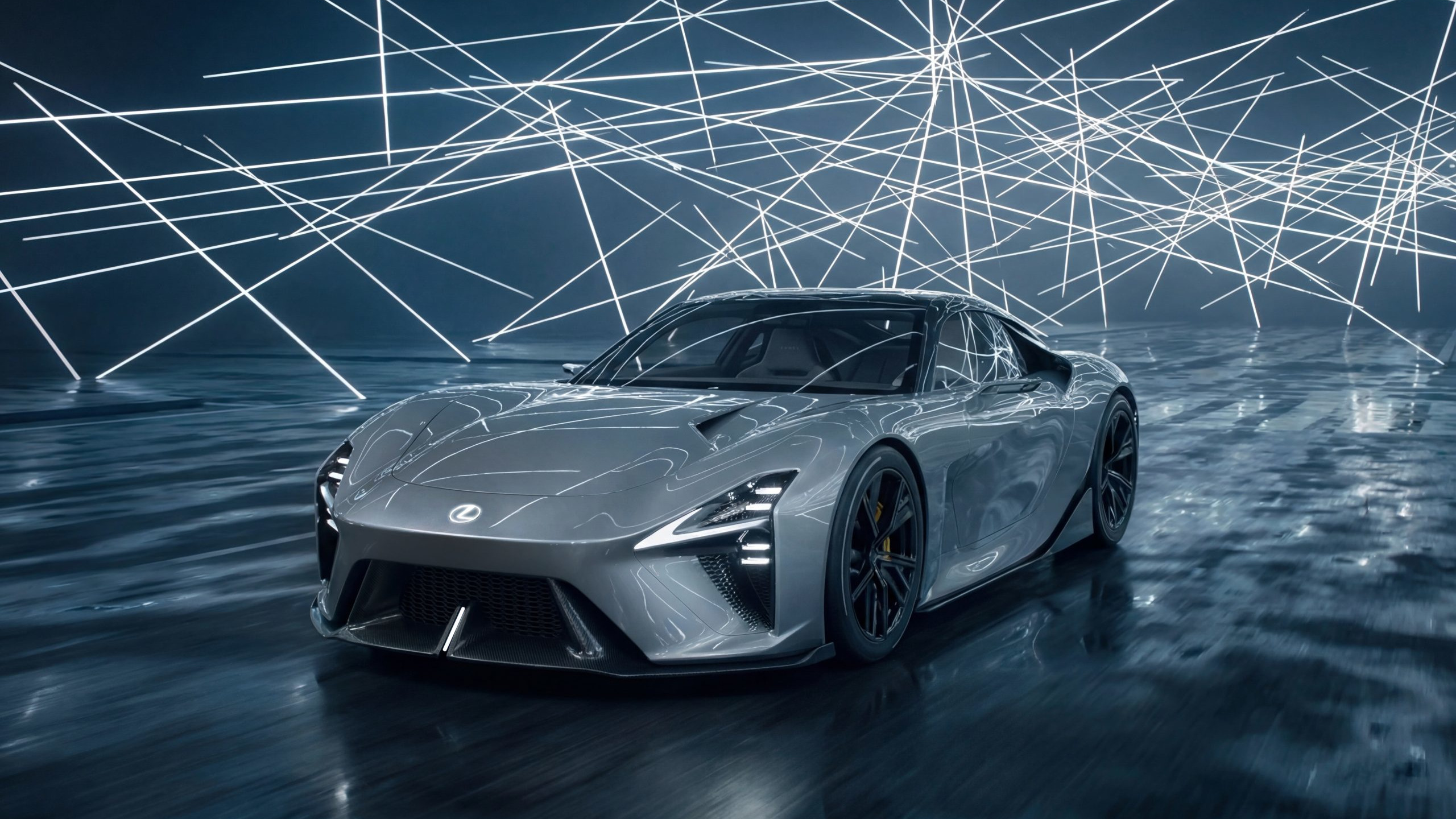 Lexus finally confirms the name of its all-electric LFA Concept supercar
Lexus finally confirms the name of its all-electric LFA Concept supercarStill designated a design study, the Lexus LFA Concept should be the successor to the most unlikely of all 20th-century supercars
-
 Lexus makes its mark on Milan Design Week 2025 with four new interactive installations
Lexus makes its mark on Milan Design Week 2025 with four new interactive installationsLexus’ annual installation at Milan Design Week focuses on human-centred technology and the role of data and design in shaping the luxury car of the future
-
 Danish manufacturer Zenvo Automotive’s Aurora is the true enthusiast’s hybrid hypercar
Danish manufacturer Zenvo Automotive’s Aurora is the true enthusiast’s hybrid hypercarZenvo Automotive dovetails Danish design culture with a love of high-end engineering and exceptional performance. We talk to the company’s Jens Sverdrup about its newest machine, the Aurora
-
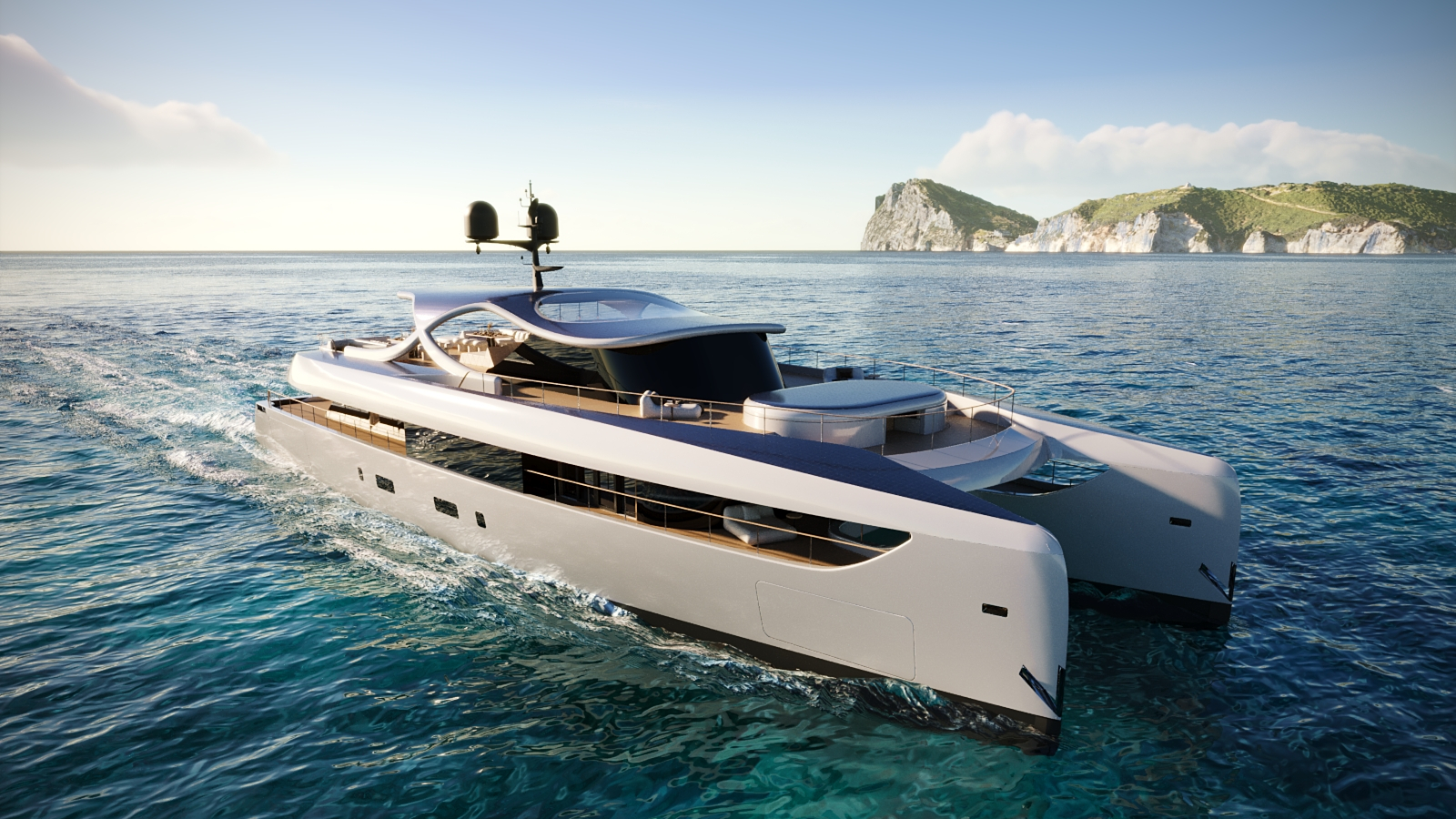 Yves Béhar gives striking shape and form to this new hybrid-electric catamaran concept
Yves Béhar gives striking shape and form to this new hybrid-electric catamaran conceptSolsea is a concept catamaran from Italian shipyard Rossinavi, blending zero emission cruising with design by Yves Béhar
-
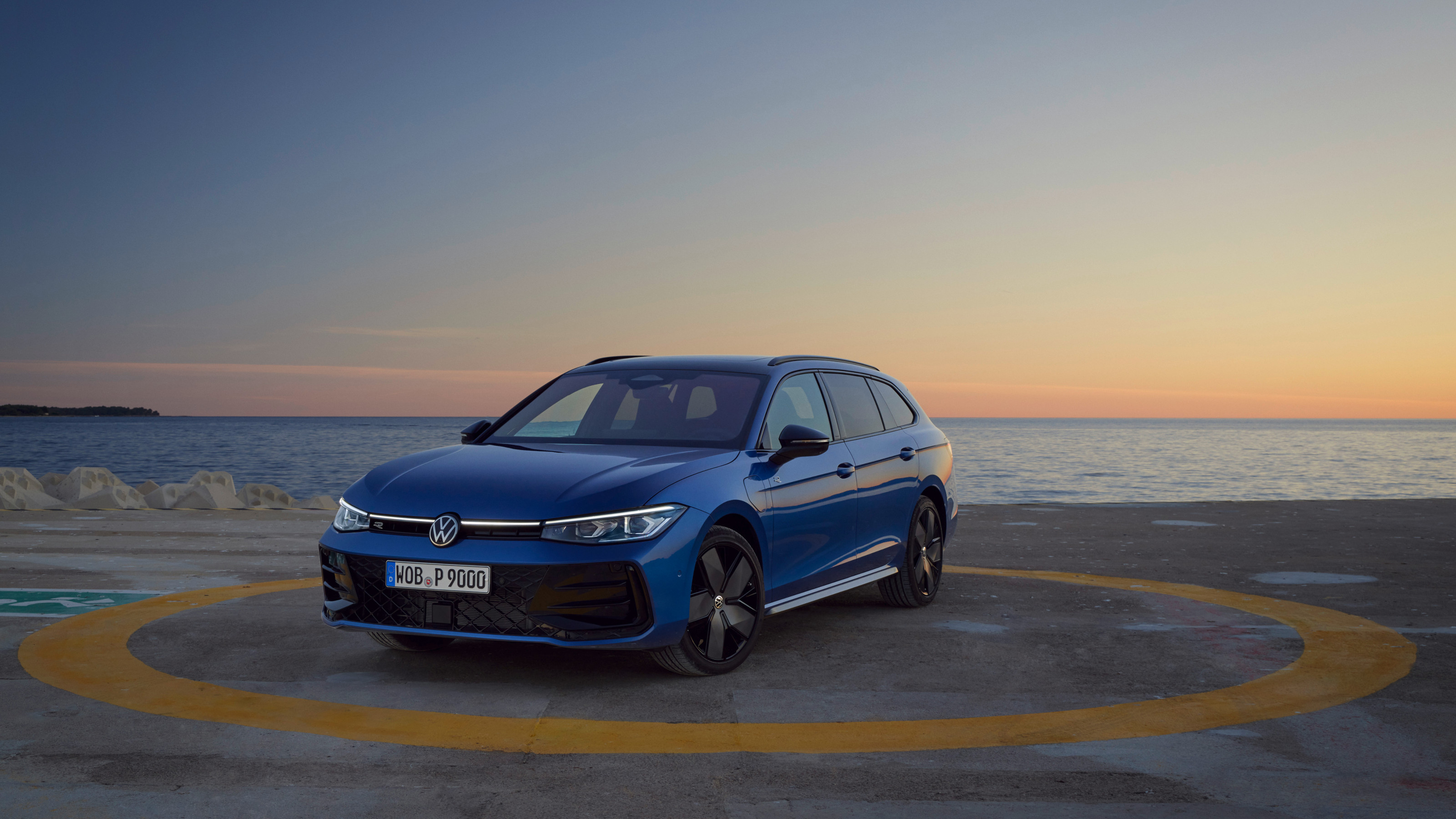 The Volkswagen Passat is a sober, straight edged estate car that feels increasingly out of time
The Volkswagen Passat is a sober, straight edged estate car that feels increasingly out of timeWhy would anyone pass on a Passat? Volkswagen’s big load lugger proves that the old ideas are still the best
-
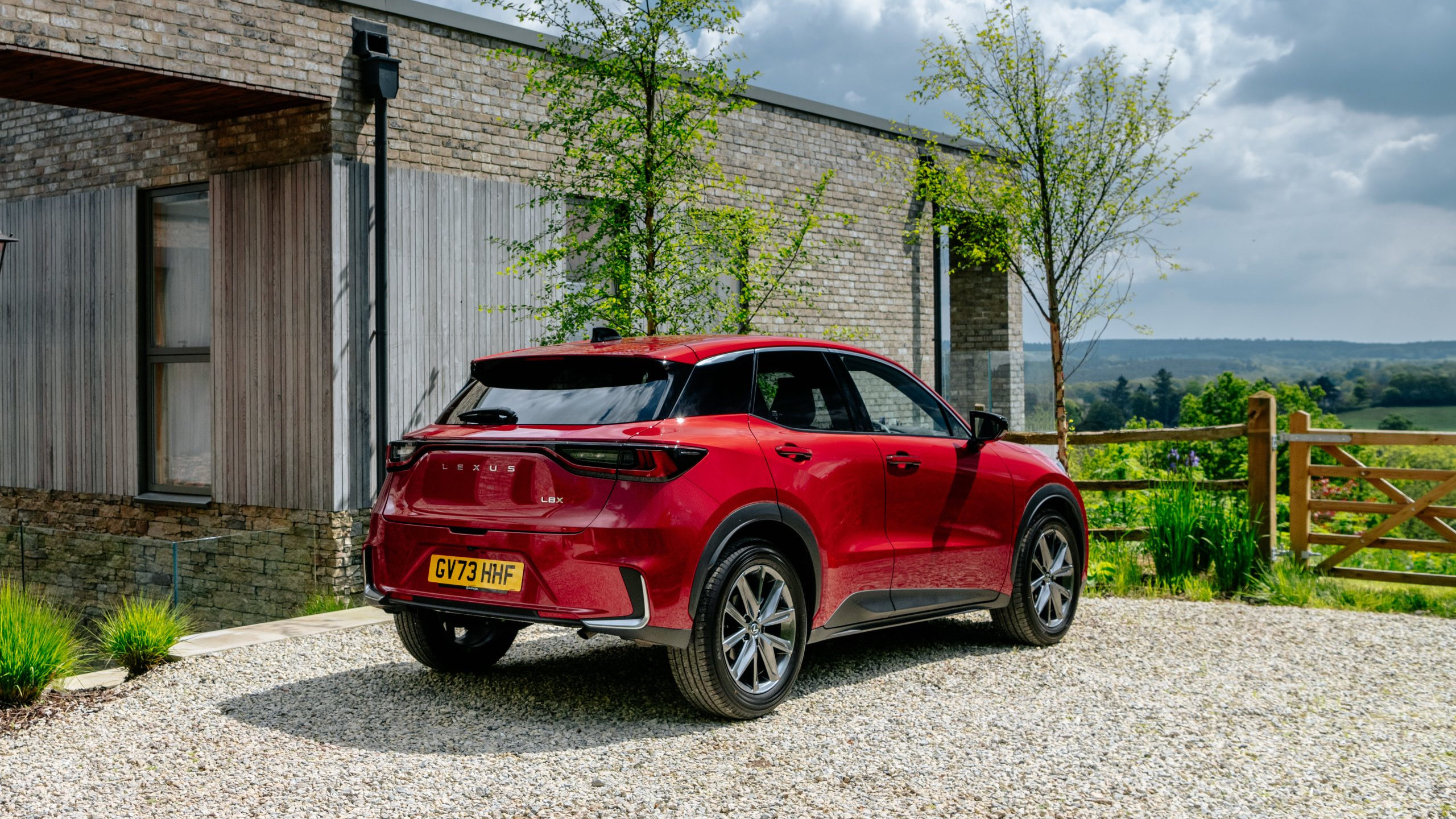 The Lexus LBX crams automotive luxury into a pocket-sized contemporary package
The Lexus LBX crams automotive luxury into a pocket-sized contemporary packageWe explore the world of Lexus’s diminutive LBX, and ponder on the validity of luxury design in a super small car
-
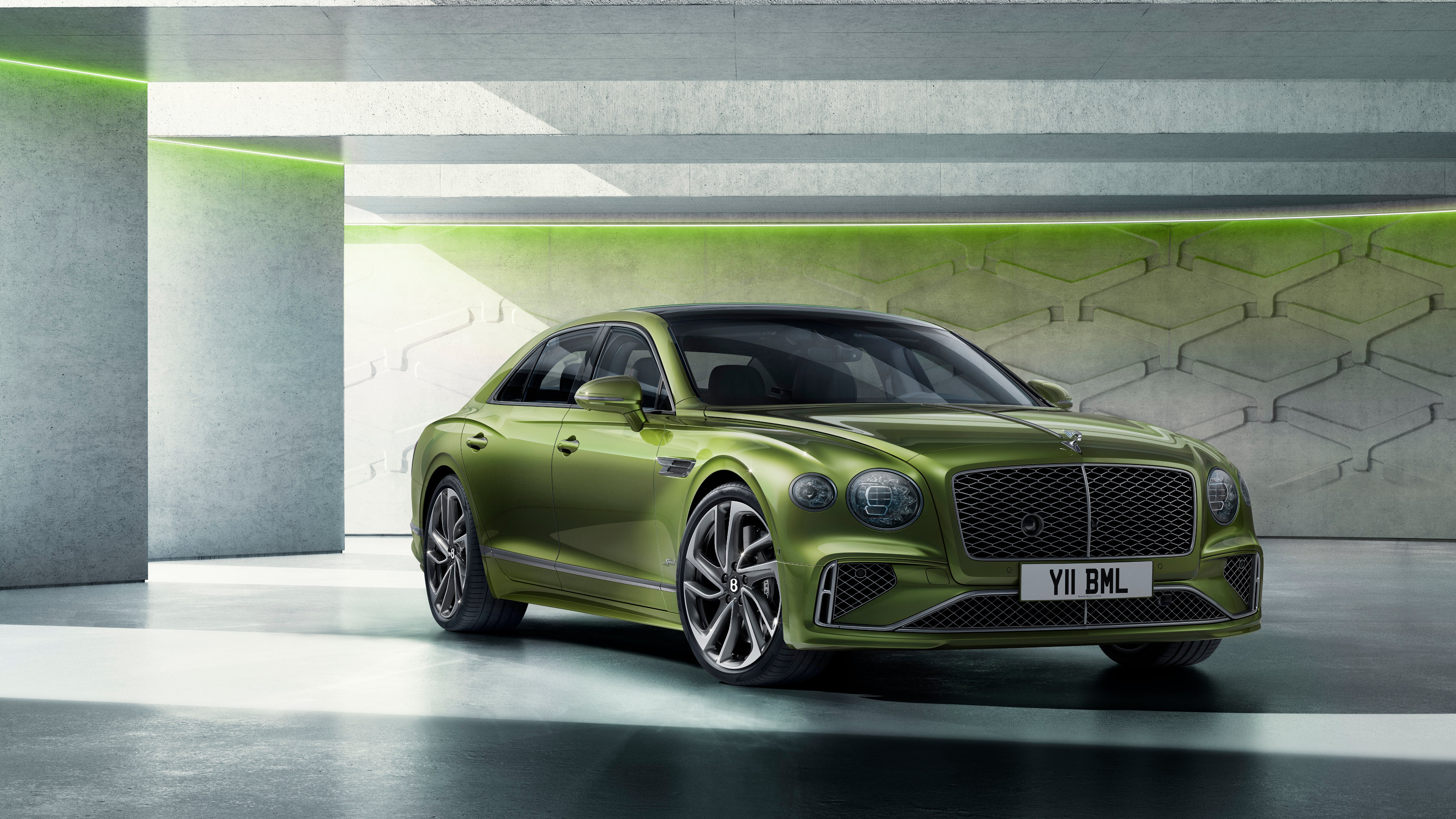 Bentley describes the updated hybrid Flying Spur Speed as a four-door supercar
Bentley describes the updated hybrid Flying Spur Speed as a four-door supercarThe latest version of the Bentley Flying Spur is a technological showcase and an outstanding performer
-
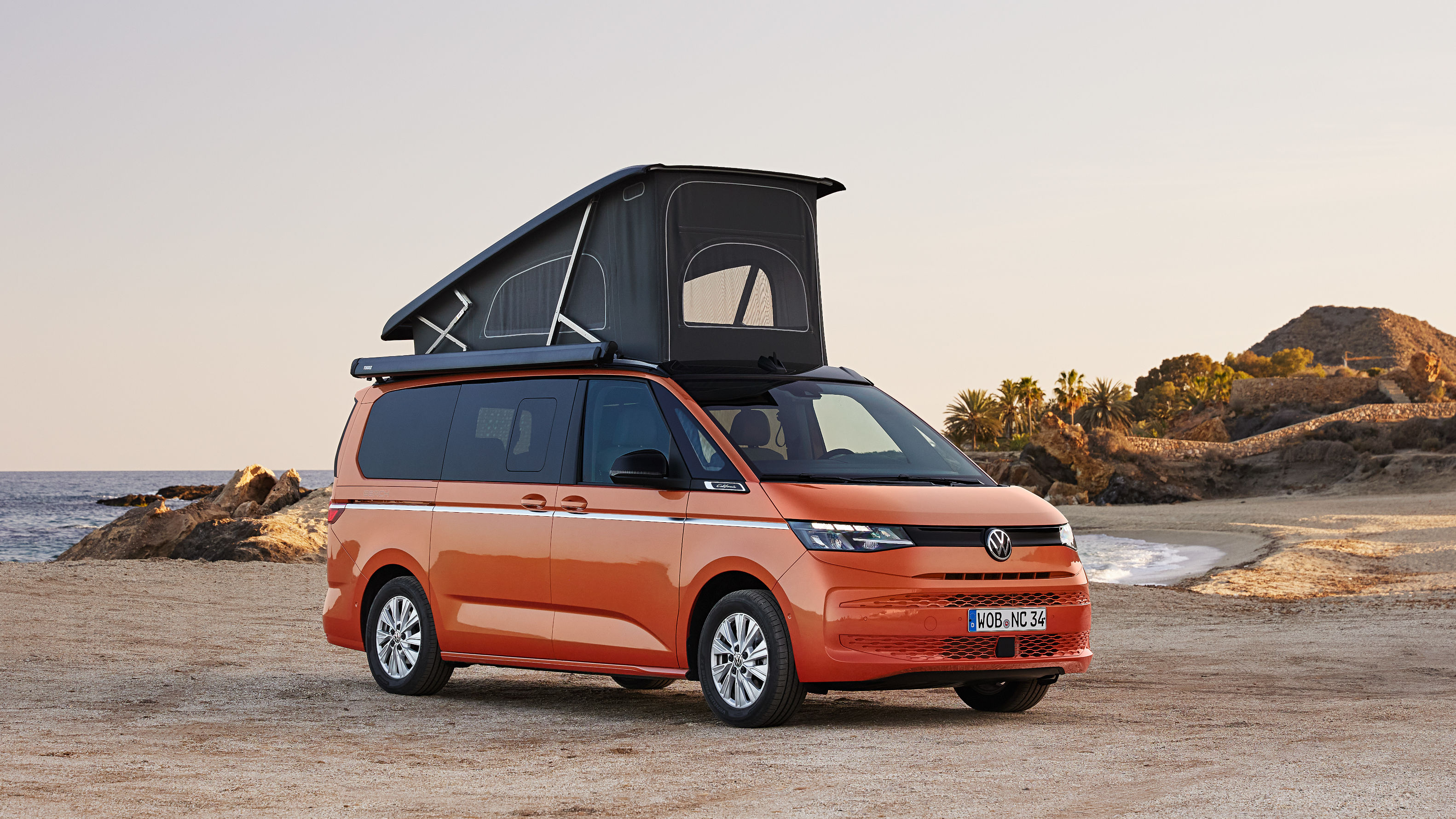 New Volkswagen California is a hybridised camper van that has it all
New Volkswagen California is a hybridised camper van that has it allThe Volkswagen New California camper van is here, the latest update to VW’s evergreen classic, bringing a larger platform, more flexibility and hybrid power for the first time